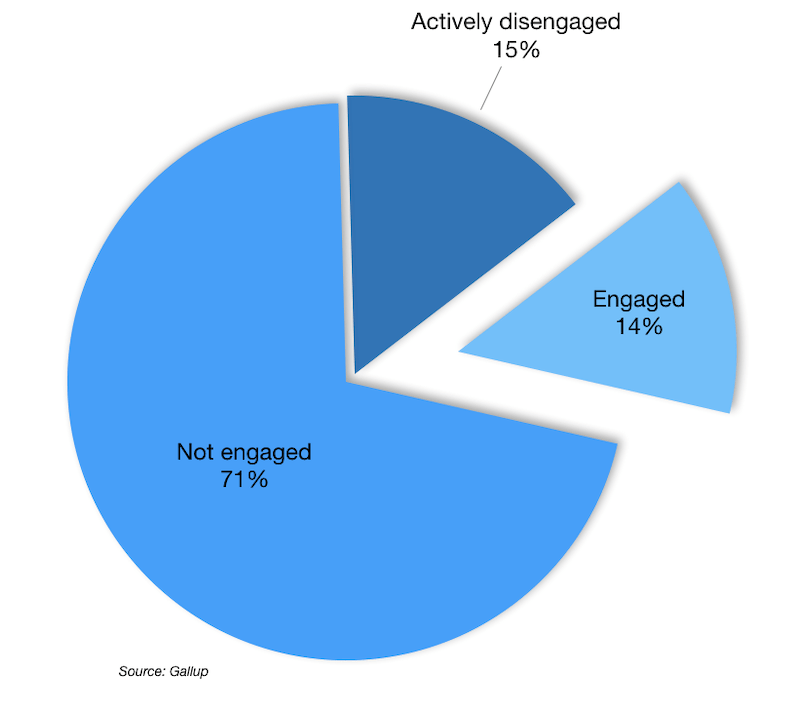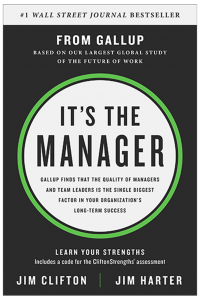How to transform your workplace culture
I’ve just come back from a conference in Sydney entitled Transforming Workplace Culture by Gallup. This conference explored the critical elements of what it takes to develop an engaging workplace and how to transform your workplace culture. I found it quite inspiring so here are some of my key takeaways.
Only 15% of the global workforce are engaged in their job. This means that they score highly in all areas of the Gallup Q12™ engagement survey. This tool measures the 12 elements that lead to engaged employees. Here, we are talking about emotional engagement, which is a much deeper than just satisfaction.
What are the indicators of employee engagement?
There are a number of indicators of employee engagement. Engaged employees have clarity about what is expected of them, are well supported to grow and receive frequent feedback, and have strong social connections to coworkers. They are involved in and enthusiastic about their work and workplace. They are psychological “owners,” drive performance and innovation, and move the organisation forward.
By contrast, the next group down are those who are not engaged. This group comprises a massive 71% of the global workforce! Employees who are not engaged are just ‘going through the motions’. This is a group of people that leaders can make the most shift with by adjusting a few things. They give their time to the workplace, but not their passion and they are not emotionally connected or committed. Even worse, people who are not engaged can slide downward toward becoming actively disengaged, especially if they are ignored.

How bad does it get?
The lowest group is known as actively disengaged and this group accounts for a staggering 15% of the global workforce – this is approximately 1 in 6 employees! They aren’t just unhappy at work — they are resentful that their needs aren’t being met and are acting out their unhappiness. Every day, these workers potentially undermine what their engaged coworkers accomplish. They may also be feeding those who are not engaged. This presents a huge problem for leaders in organisations.
Another key aspect of emotional engagement at work is the idea that I believe in the mission or purpose of my organisation. This aspect of the Q12 was a strong theme of the conference, in which a number of stunning case studies where shared. Certainly in education I would hope this is high. Do your team understand what the mission or purpose is of your organisation and do they believe in it? What might you do as a leader to engender this in your team?
Strengths-based development is a driver of engagement
The power of implementing a strengths-based philosophy came through strongly as a way to help transform workplace cultures. Having a strengths-based approach is effectively a driver of engagement and therefore high performance. I have seen this in the organisations we work with on a long term basis because we see the changes to their culture they make as a result of focussing on what is right in people, rather than what is wrong!
70% of the variability in employee engagement is down to the manager!
Gallup has produced a new book which each attendee received a copy of. This book, ‘It’s the manager’ has a synthesis of Gallup’s 30 years of research into engagement, strengths and leadership, so I’m looking forward to devouring it and applying this into my work.
Finally, as I reflect on the power of engagement and in implementing a strengths-based approach in organisations, I am reminded as a leader that the responsibility falls on my shoulders. In fact Gallup’s research has shown that over 70% of the variability in employee emotional engagement at work is down to the leader of the organisation. I have come back feeling inspired.


Facebook Comments